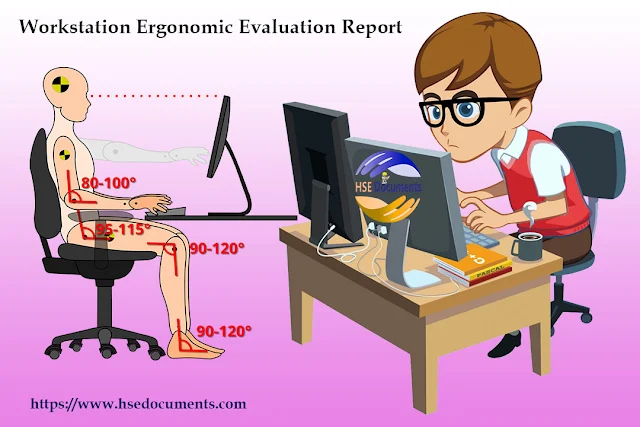Workstation Ergonomic Evaluation Report
What is Ergonomics?
Ergonomics is the mechanism of arranging workplaces, and or designing workstations, products, approach to equipment or machinery and systems operations so that they capable or easy for the people who use them.
Objectives of Ergonomics is to establish, create safe, comfortable, easy and productive workspace and or workstations by bringing human capabilities, skills and constraints into the design of a workspace/workstations, operation procedures including the individual’s body size, strength, capability skill, speed, sensory abilities (vision, hearing), and even the most important element that is attitudes.
For more health and safety-related free documents such as the method of statements, risk assessments, JSA’s. JHA’s, facility management, civil, electrical reports and forms, food safety documents, toolbox talks, HSE training, orientations in PowerPoint, and along with all these free downloads, you can also request for any document you required for your project. When you request for any document via our website at https://www.hsedocuments.com/, we try to search for that document in our HSE Document library, if not found in the library, we request our professionals to prepare the requested document and upload as soon as possible on our website. Just subscribe our website to get every document’s uploading notification.
Download File















































1.jpg)